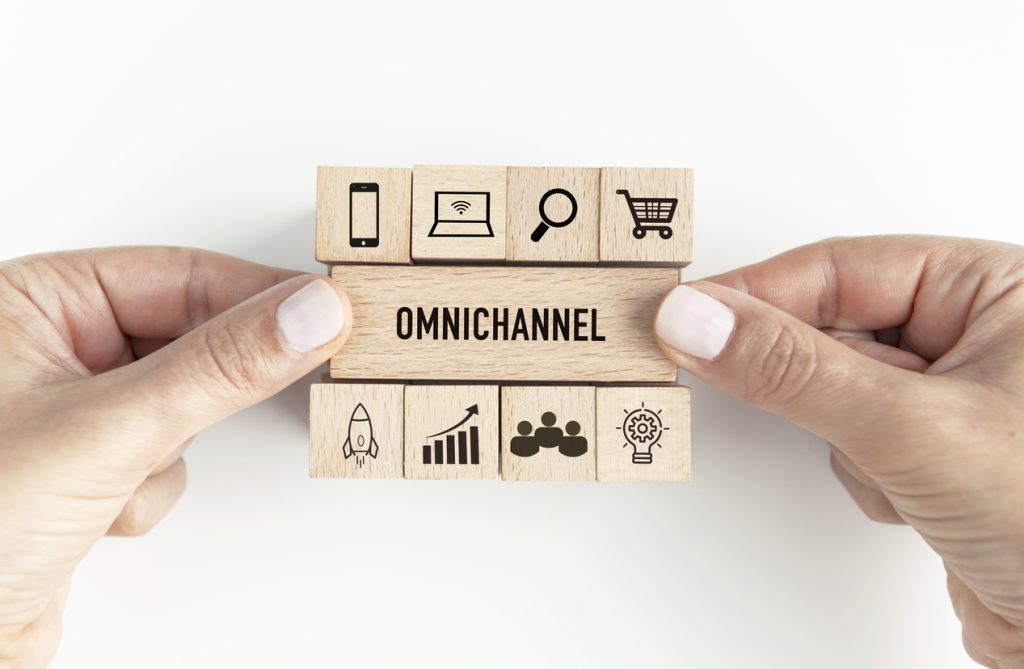Omnichannel integration is transforming how consumer packaged goods (CPG) brands connect with customers by creating a seamless shopping experience across various channels—from online and mobile to in-store and beyond. In the CPG industry, where brand loyalty is critical, omnichannel integration allows brands to deliver consistent, personalized experiences, ultimately boosting customer engagement, loyalty, and sales. Let’s explore what omnichannel integration means for the CPG world, why it’s essential, and how brands can leverage it for success.
Understanding Omnichannel Integration in the CPG World
Omnichannel integration is the blending of multiple customer touchpoints into a cohesive brand experience. For CPG companies, this means enabling customers to interact with products and the brand seamlessly—whether they’re shopping online, engaging on social media, checking product availability through mobile apps, or picking up orders in-store.
Unlike traditional multichannel strategies, which may silo each channel, omnichannel strategies integrate these channels to create a fluid journey. For example, a customer could view a product on a social media ad, read reviews on an e-commerce site, and then pick up the product in-store, all with the reassurance that their interactions are connected and understood by the brand.
Why Omnichannel Integration Matters for CPG Brands
- Meeting Evolving Customer Expectations
Today’s consumers expect convenience, consistency, and personalization. Research shows that 73% of consumers prefer brands that offer a seamless shopping experience across digital and in-store channels. Omnichannel integration allows CPG brands to meet these demands by providing consistent messaging, tailored product recommendations, and easy access to products, no matter the channel. - Boosting Customer Loyalty
Omnichannel experiences build loyalty by enhancing convenience and reducing friction. If a customer can purchase a favorite shampoo online, replenish it via a subscription service, or find it easily in a nearby store after checking stock levels on an app, they’re more likely to remain loyal to that brand. Loyalty is especially crucial in the CPG sector, where brands need to stand out in a competitive landscape. - Collecting and Leveraging Valuable Data
Integrated omnichannel strategies allow CPG brands to collect data across all customer touchpoints. This data can reveal insights into customer preferences, shopping patterns, and brand engagement, helping brands to make more informed decisions. For example, data collected from an app might reveal peak shopping hours, guiding brands to time promotions effectively or adjust inventory levels. - Increasing Sales and Revenue
Omnichannel shoppers tend to spend more than single-channel shoppers. By reaching customers across various platforms, CPG brands can upsell, cross-sell, and increase their average order value. Brands that leverage omnichannel touchpoints see nearly 89% higher customer retention rates, a significant impact on the bottom line.
Key Strategies for Effective Omnichannel Integration
- Unified Customer Data Platform (CDP)
A CDP aggregates customer data from all channels, providing a unified view of each customer’s journey. This makes it easier for CPG brands to offer personalized experiences, from tailored promotions to product recommendations. By centralizing data, brands can understand customer behaviors in real time and tailor their messaging accordingly. - Click-and-Collect Services
Offering options like “Buy Online, Pick Up In-Store” (BOPIS) meets the customer’s desire for flexibility and convenience. This strategy has been particularly effective during times when consumers prioritize safety and efficiency. CPG brands can benefit by making products available in-store while also supporting online ordering to reduce friction. - Shoppable Social Media and Content
Social media platforms like Instagram and TikTok have introduced shoppable features, allowing users to purchase products without leaving the platform. For CPG brands, this means customers can interact with brand content—such as recipes or tutorials—and immediately purchase featured products, seamlessly moving from engagement to purchase. - Omnichannel Loyalty Programs
Loyalty programs that work across all channels encourage repeat purchases and engagement. CPG brands can incentivize customers to engage across platforms with points or rewards that are redeemable online or in-store. Personalized loyalty programs based on purchase history can make rewards more relevant, strengthening customer relationships. - Mobile App Integration
CPG brands can use apps to connect with customers wherever they are. Mobile apps provide an ideal platform for push notifications, personalized offers, and order tracking, allowing brands to stay top-of-mind. Apps also offer opportunities for product education and community building, increasing brand loyalty. - Advanced Inventory Management
Effective omnichannel strategies require precise inventory management across channels. Integrated inventory systems allow brands to track stock in real-time, ensuring product availability whether a customer is buying online or in-store. This reduces the risk of out-of-stock issues and enhances the overall customer experience.
Success Stories in CPG Omnichannel Integration
Procter & Gamble (P&G) has implemented an omnichannel strategy that offers customers a seamless experience across channels. For example, their “Always On” program uses data-driven insights to deliver personalized messaging and content to consumers, regardless of the channel. Their approach has helped P&G maintain its position as a leader in the CPG space.
Unilever is another CPG giant embracing omnichannel integration. Through shoppable content, Unilever engages consumers directly on social platforms, turning interactions into purchase opportunities. The brand also leverages click-and-collect services and in-store experiences that are consistent with their online presence.
Challenges and Considerations
While omnichannel integration is a powerful strategy, it does come with challenges, such as the need for robust data infrastructure, inventory management, and consistent brand messaging across channels. Additionally, data privacy is critical, as brands must manage customer data responsibly to maintain trust.
Looking Forward
As CPG brands continue to adapt to the digital age, omnichannel integration will only become more critical. Brands that can create cohesive, convenient, and personalized experiences will not only meet evolving customer expectations but also build long-lasting relationships that drive loyalty and growth.
In the future, CPG brands may look toward even more integrated channels, such as connected home devices and augmented reality, to further enhance the omnichannel experience. Embracing this approach now will position CPG companies to stay competitive in a rapidly changing market.













